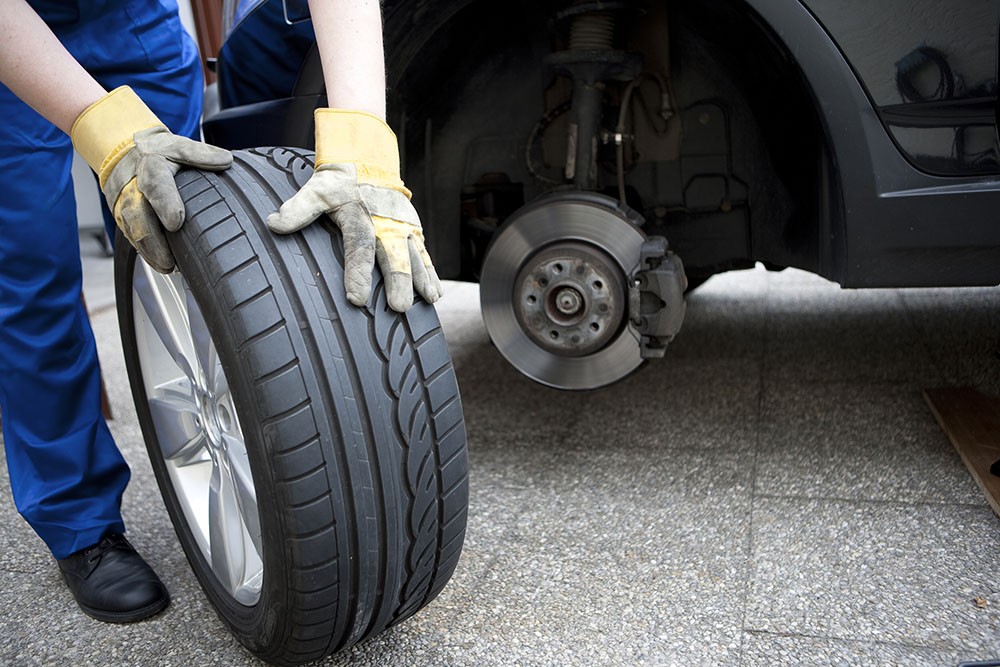
Extend tire life with regular rotations
Rotating tires regularly and correctly helps even out tread wear and extends tire life, saving money and keeping you safer on the road. But how often should you rotate?
“Tire rotation is a critical part of tire maintenance,” said Dan Zielinski, Senior Vice-President of Public Affairs at Rubber Manufacturers Association. “Tires will wear differently at each wheel position.”
Consider the many turns your vehicle makes on a regular outing. Your tires are worn down each time your vehicle makes a right or left turn, pulls in or out of a parking space, parallel parks or enters and exits the freeway.
Typically, front tires tend to wear faster than the rear tires, especially in front wheel drive cars. Rotating as part of routine maintenance can extend the life of your tires, Zielinski said.
Yet, rotation is not simply a matter of moving the front tires to the rear. Tire and vehicle manufacturers have specific rotation patterns.
“Some tires are unidirectional and can’t cross to the other side,” Zielinski said.
How can you tell the difference?
Unidirectional tires, sometimes called “directional” tires, have an arrow on the sidewall to indicate rotation. The tread faces in one direction, and the tire is designed to rotate in only one direction.
Rotation patterns differ based on your vehicle – front or rear wheel drive, four-wheel drive or dually. The simplest pattern is moving front tires to the rear. Sometimes tires need to be swapped in an x-pattern.
Zielinski encouraged drivers to refer their owner’s manual for recommended rotation schedule and pattern. The general rule of thumb is rotating tires every 5000 to 8000 miles, about the same recommendation for an oil change.
Copyright © 2024 by Sensible Driver. All rights reserved.